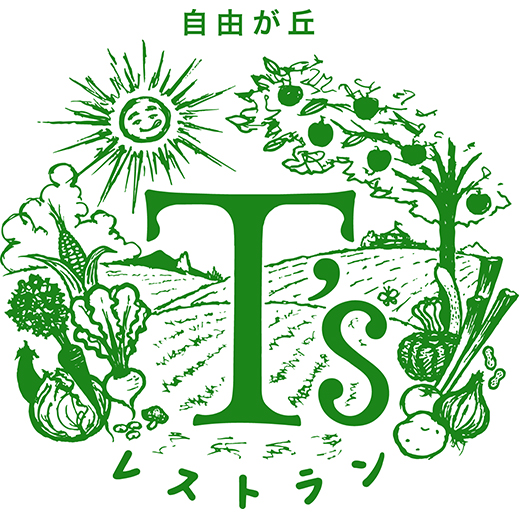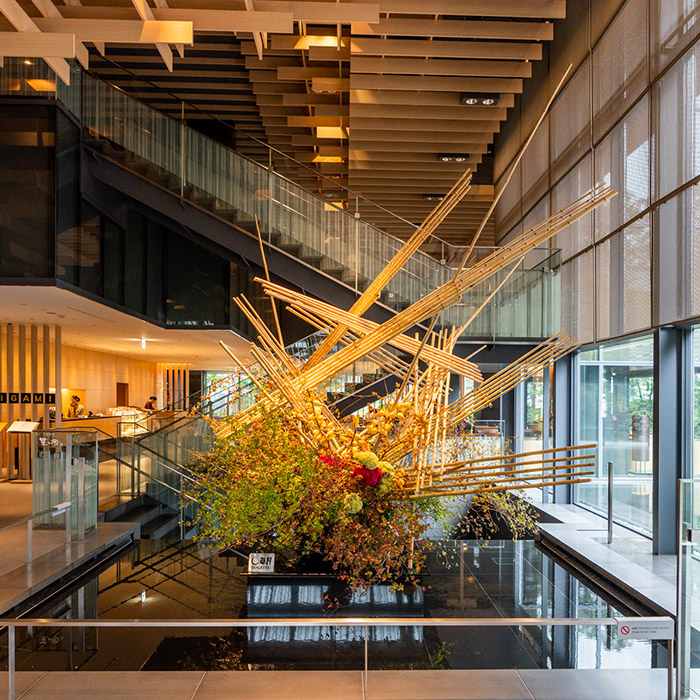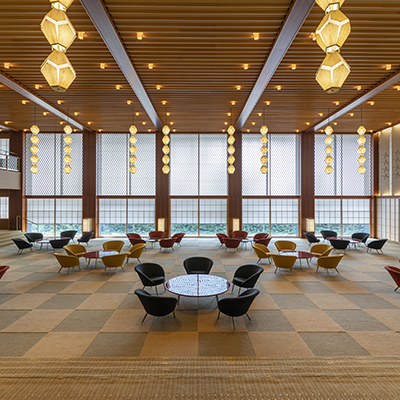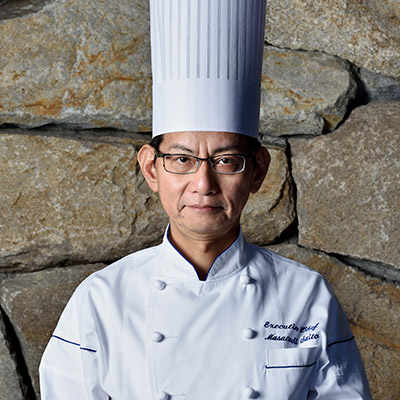October 6, 2025
Basho Haiku Walkway #05
Basho’s Journey in Three Scenes
Following Basho’s journey through the Tohoku region, this fifth part takes us to the lush fields of Fukushima and the mountain roads and sacred sites of Tochigi. These haiku show how Basho’s sharp eye for nature often connects with history, tradition, and his personal feelings on the road.Haiku 13. Shinobu-no-Sato, Fukushima Prefecture
早苗とる 手もとや昔 しのぶ摺
(Sanae toru / Temoto ya mukashi / Shinobu-zuri)
Planting rice seedlings—
hands move as in the past,
like the old Shinobu-dyeing pattern
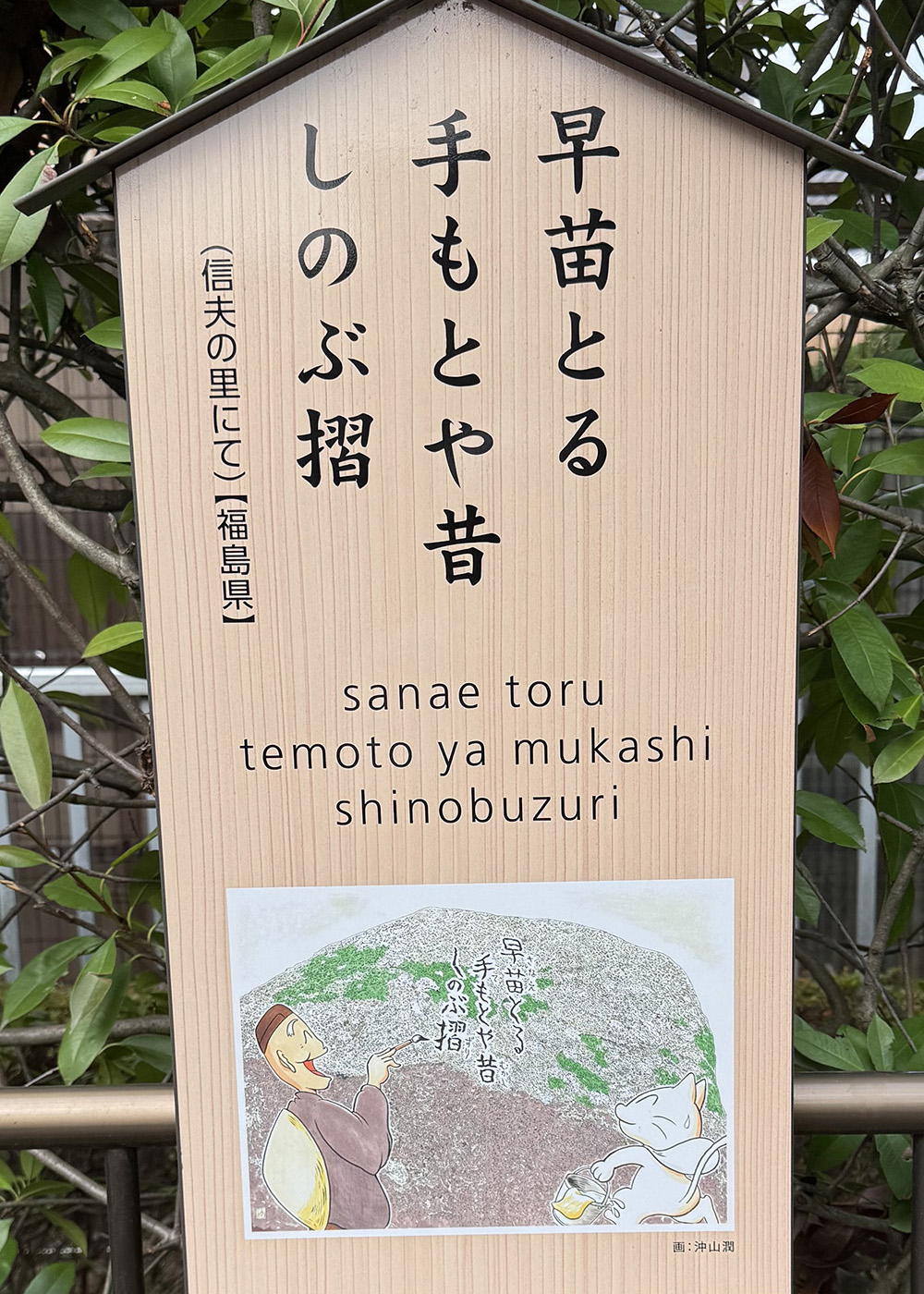
Behind the Haiku - Discover the hidden stories behind each haiku -
1. The setting: Shinobu-no-Sato in FukushimaShinobu-no-Sato is an area in modern-day Fukushima City, once famous during the Edo period for its Shinobu-zuri, a unique fern-leaf dyeing technique. The rich paddies here have supported rice farming for hundreds of years, shaping the local way of life.
2. Shinobu-zuri dyeing
Shinobu-zuri (literally “fern-imprinted dyeing”) involved pressing fern leaves onto fabric and applying dye to create delicate natural patterns. The calm, repetitive motions of the artisans—placing ferns and patting them down—resembled the actions of farmers bending over to plant young rice seedlings (sanae).
3. A link to the past through gestures
Basho’s haiku connects these gestures across time: the labor of today’s farmers mirrors that of long-gone artisans. Through this simple scene, he evokes continuity between past and present, daily work and cultural tradition—an enduring heritage carried by human hands.
Basho’s Vision – Linking daily labor with cultural memory
Basho saw in the farmers’ humble gestures a lively echo of the artisans of old. The repeated, almost meditative motions of bending and planting rice reflected the quiet rhythm of the Shinobu-zuri dyeing tradition. By observing this continuity, he conveyed the idea that the present moment holds the legacy of centuries—an unbroken chain of human effort rooted in the land.
Haiku 14. Location: Kurobane, Tochigi Prefecture
夏山に 足駄を拝む 首途哉
(Natsuyama ni / Ashida o ogamu / Kiyotabi kana)
In the summer mountains,
I bow in gratitude to my wooden clogs—
setting off on my journey
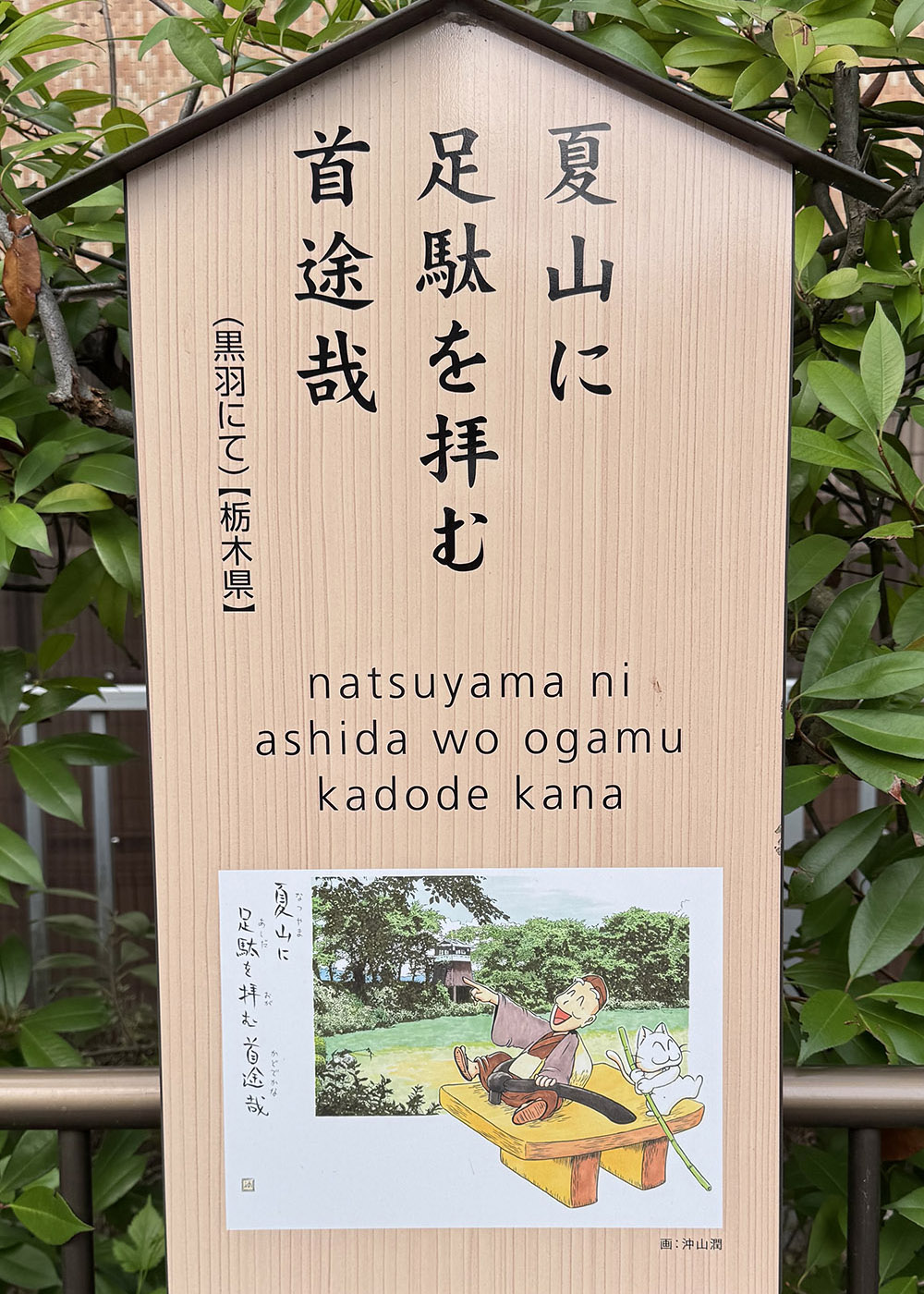
Behind the Haiku - Discover the hidden stories behind each haiku –
1. The setting: Kurobane in TochigiKurobane was an important lodging and post town during Basho’s time, serving as the gateway to the rugged northern mountains described in Oku no Hosomichi (The Narrow Road to the Deep North). It marked the beginning of the poet’s trek into remote, steep terrain.
2. Ashida – traditional wooden clogs
Ashida (足駄) are tall wooden clogs with raised soles, perfect for keeping feet dry while walking on muddy or wet mountain paths during Japan’s humid summers. Before heading into the mountains, Basho looked down at his sturdy clogs and bowed in reverence—almost in prayer—for the simple tools that would carry him forward.
3. Spirit of departure (Kiyotabi)
The word Kiyotabi (首途) means “departure on a journey,” often with a solemn, ceremonial tone. By linking this feeling with a humble gesture toward his wooden clogs, Basho conveys both the hardships of mountain travel and his deep respect for even the plainest objects that sustain the traveler.
Basho’s Vision – Reverence for simple companions on the road
For Basho, travel was not merely a physical act but a spiritual undertaking. Even a pair of rough wooden clogs deserved a gesture of respect, as they bore the burden of his long pilgrimage through mud and mountain paths. This haiku captures his humble acknowledgment of the ordinary objects that make a journey possible—imbuing them with dignity and grace.
Haiku 15. Location: Nikko, Tochigi Prefecture
あらたうと 青葉若葉の 日の光
(Aratoto / Aoba wakaba no / Hi no hikari)
How solemn and sacred—
the sunlight shining
on fresh green leaves
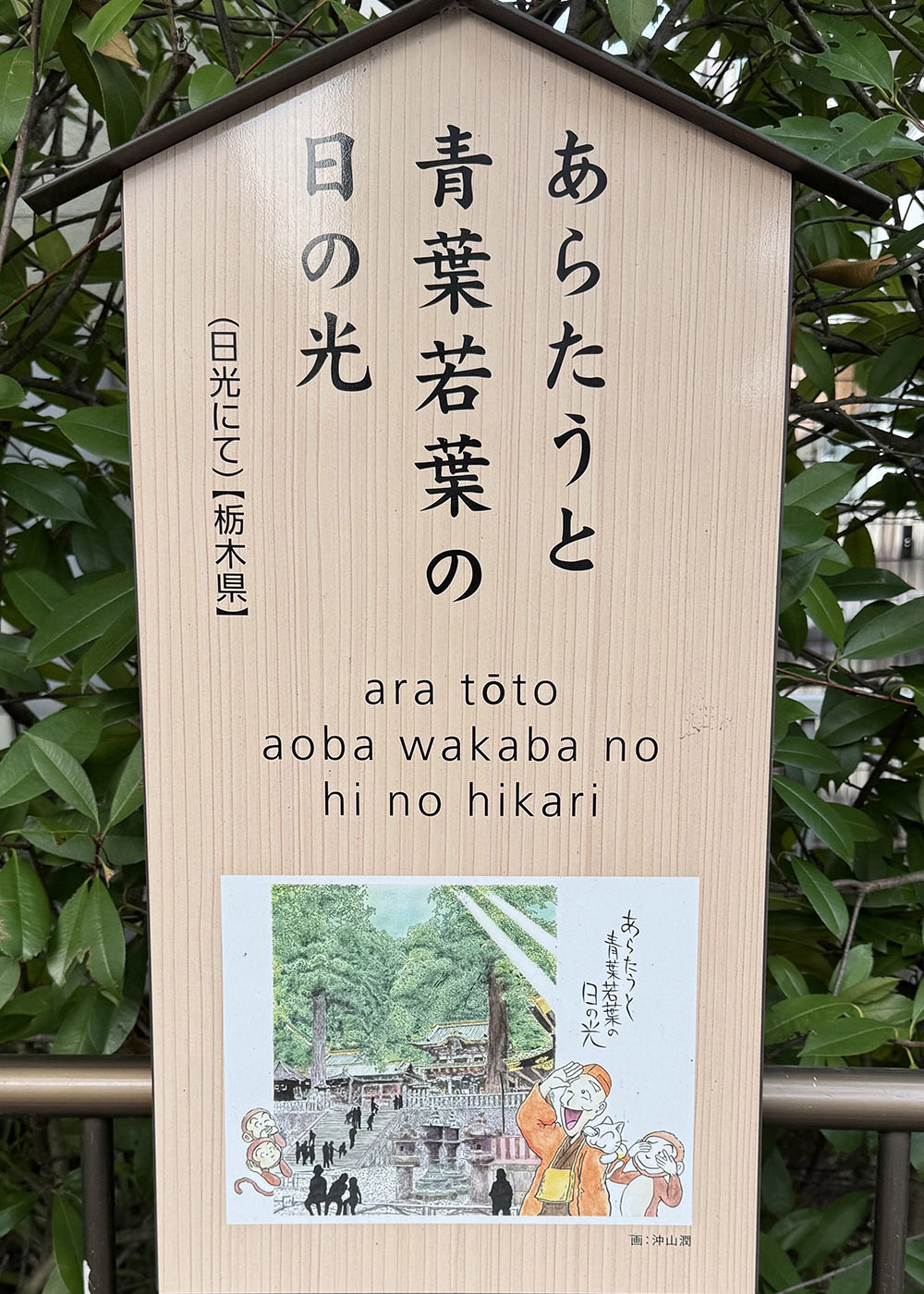
Behind the Haiku - Discover the hidden stories behind each haiku –
1. The setting: Nikko in early summerNikko, nestled in the mountains of Tochigi, is famed for its lush forests and as the site of Nikko Toshogu Shrine, where Tokugawa Ieyasu, the shogunate’s founder, is enshrined. Basho visited in early summer, when the surrounding hills and temple groves glowed with the fresh greens of young leaves.
2. The word Aratoto – expressing sacred awe
The exclamation “Aratoto” (あらたうと) is an old, reverent phrase meaning “truly sacred” or “worthy of awe.” It reflects Basho’s profound spiritual impression as he stood among ancient cedars and grand shrine buildings, bathed in early-summer light.
3. Light on young green leaves
The phrase “Aoba wakaba” refers to tender new leaves of the season. Their vivid green, illuminated by sunlight filtering through the shrine’s cedars, conveyed both nature’s vitality and the site’s sacred atmosphere. Rather than describing the shrine itself, Basho captured the interplay of sunlight and new growth—an image that unites natural renewal with a sense of spiritual reverence.
Basho’s Vision – Nature’s light as a bridge to the sacred
Basho often found the essence of spiritual experience in nature's fleeting details. At Nikko, the interplay of sunlight and tender green leaves struck him as a revelation of the divine—not in monuments or rituals, but in the living glow of the season itself. This vision reflects his belief that the sacred is not distant but present in the harmony of natural elements.Next in the Journey
In the upcoming final 6th installment of this series, we return to Edo, tracing Basho’s departure point and his connection to the riverside districts of the city.- Haiku 16 — Senju, Tokyo: The historic river crossing where Basho began his long journey
- Haiku 17 — Fukagawa, Tokyo: The humble grass-thatched hut where Basho settled before setting off on his historic journey.



